
What environmental factors threatened ancient textured hair?
Ancient textured hair faced threats from harsh climates, water scarcity, and environmental particulates, met with ingenious ancestral protective practices.
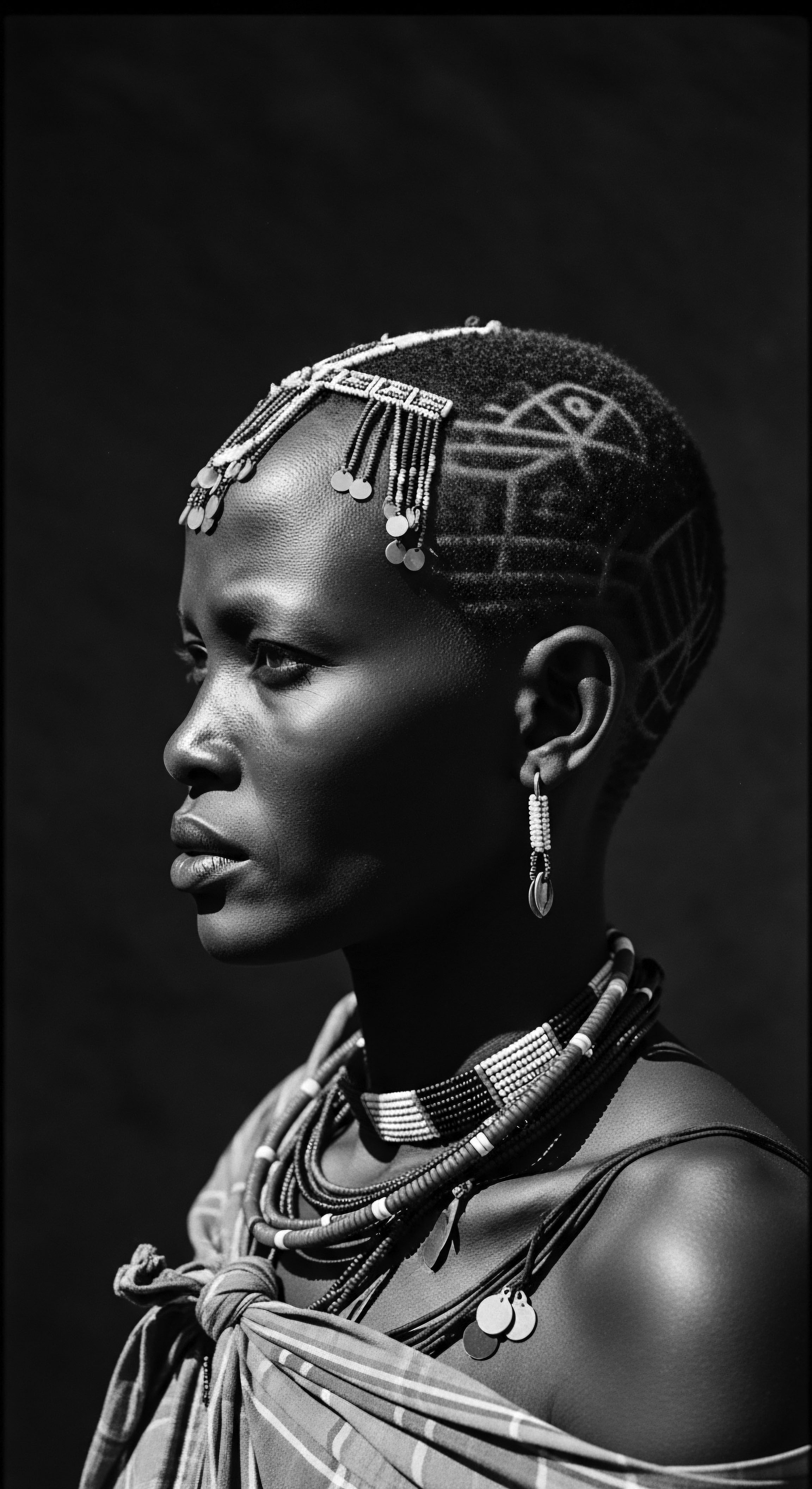
In what ways do genetic blueprints and environmental factors influence textured hair porosity?
Textured hair porosity is shaped by genetic legacy and environmental factors, deeply rooted in ancestral adaptation and care traditions.

Can environmental factors affect the strength of textured hair?
Environmental factors certainly impact textured hair strength, a reality deeply understood and addressed by ancestral practices across centuries.
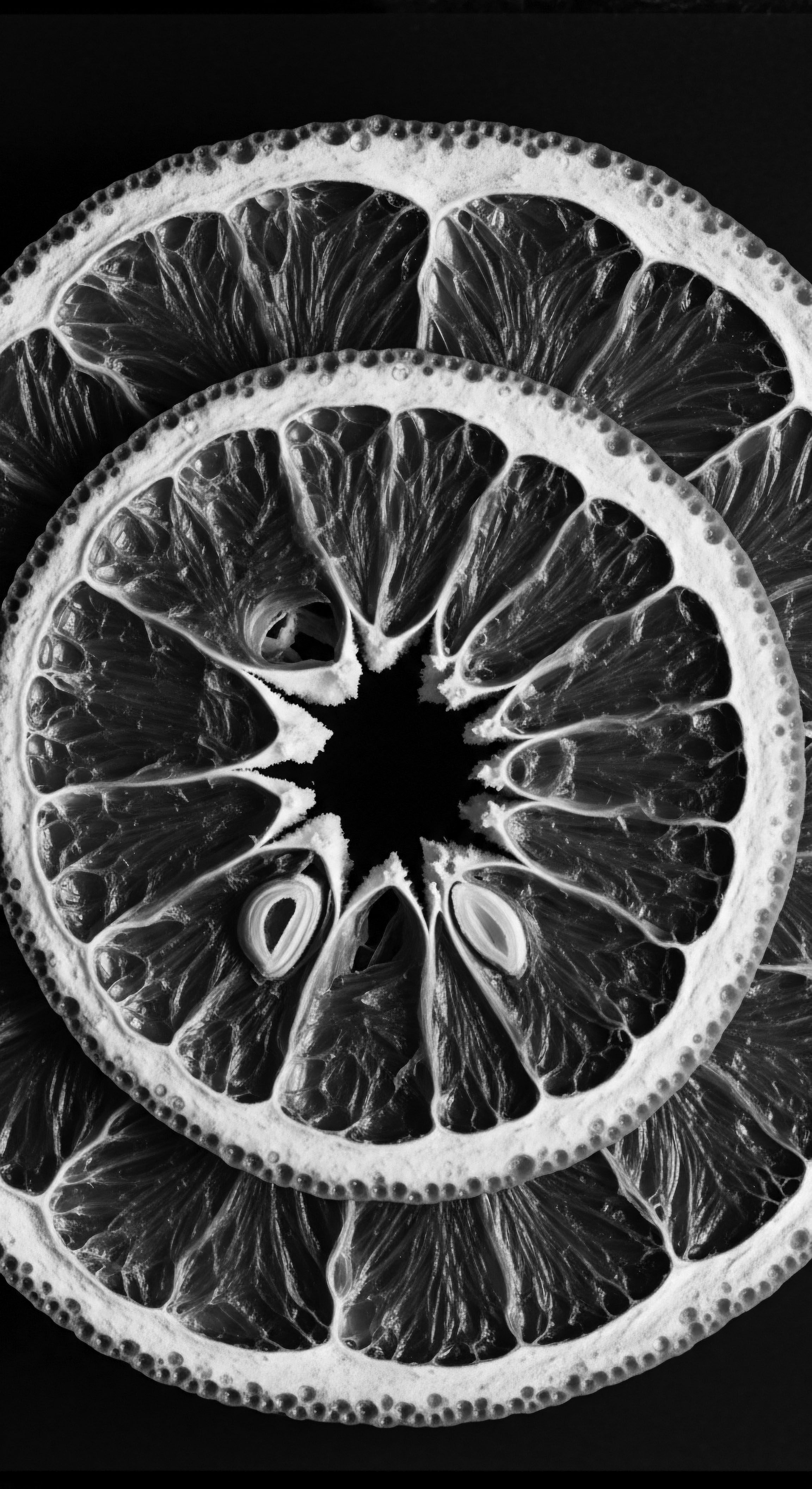
What is the heritage connection between hair porosity and environment?
Hair porosity's connection to textured hair heritage stems from ancestral adaptations to environment, shaping care rituals for moisture balance.
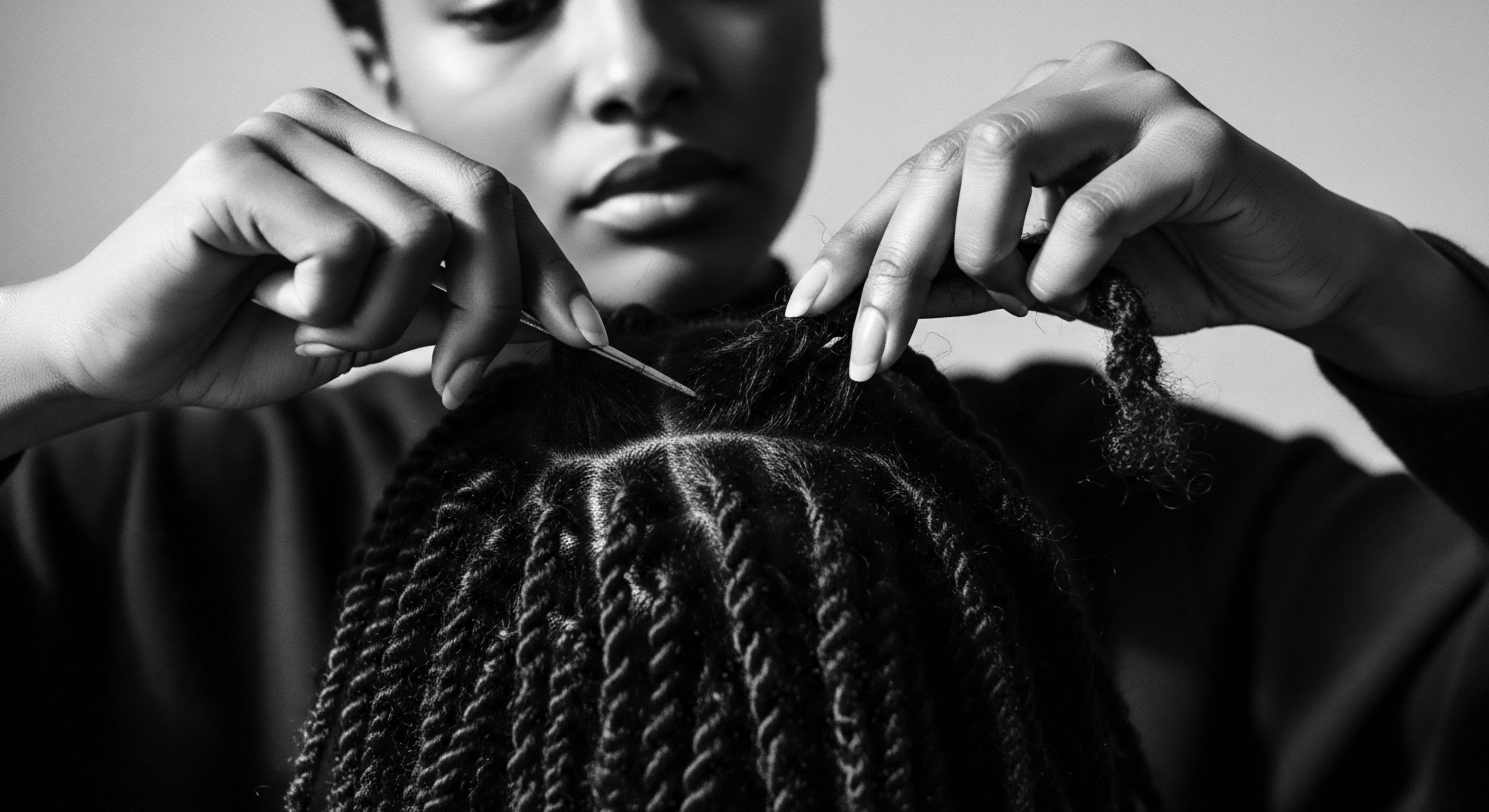
Environmental Trichology
Meaning ❉ Environmental Trichology investigates how atmospheric elements, water quality, and historical socio-environmental factors influence the health and heritage of textured hair.

How do environmental conditions impact textured hair’s moisture?
Environmental conditions profoundly impact textured hair's moisture, a dynamic interplay long recognized and addressed through ancestral heritage practices.
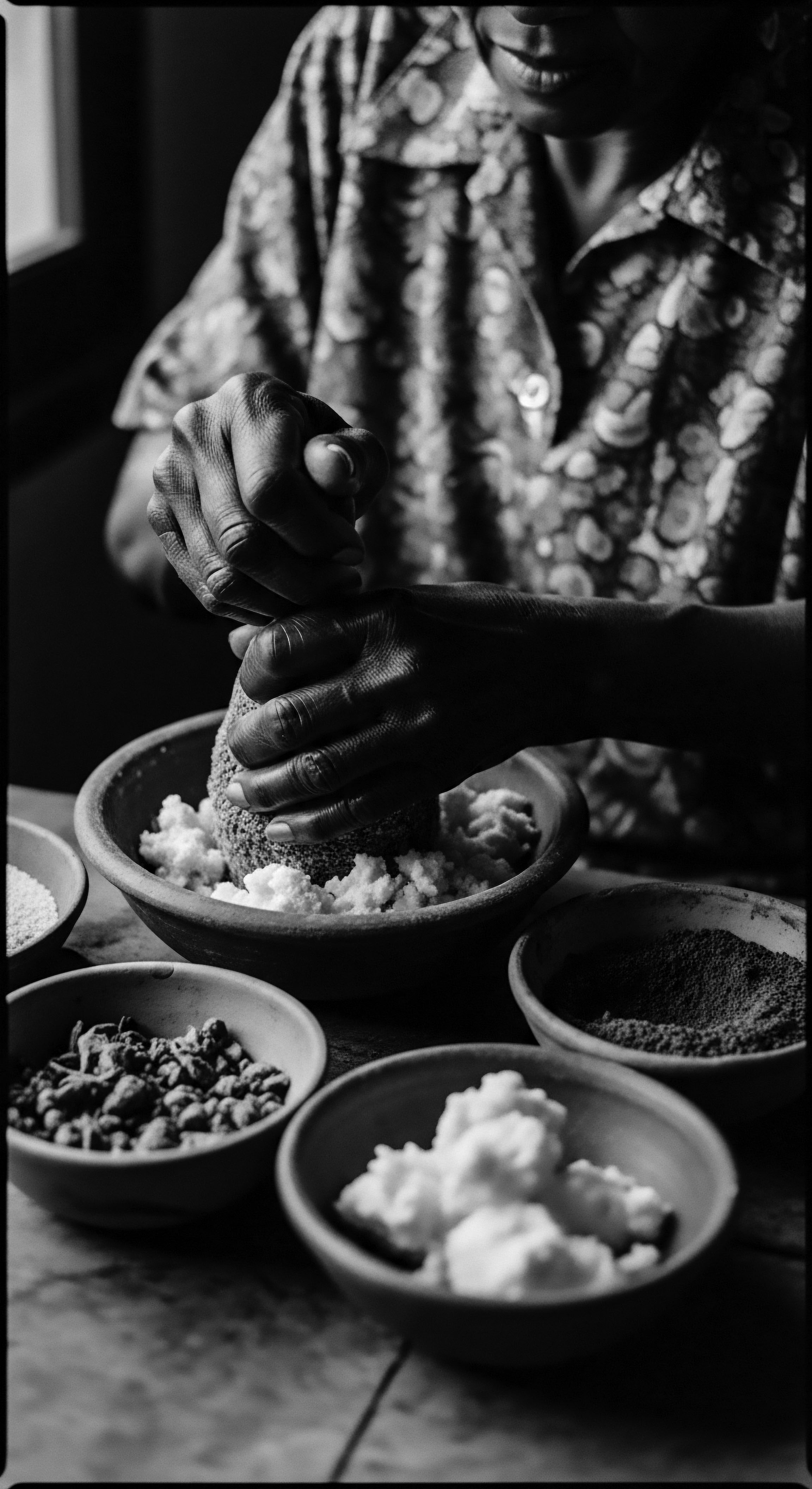
Hair Morphology Climate
Meaning ❉ Hair Morphology Climate defines the dynamic relationship between hair's physical structure and environmental factors, deeply rooted in heritage.
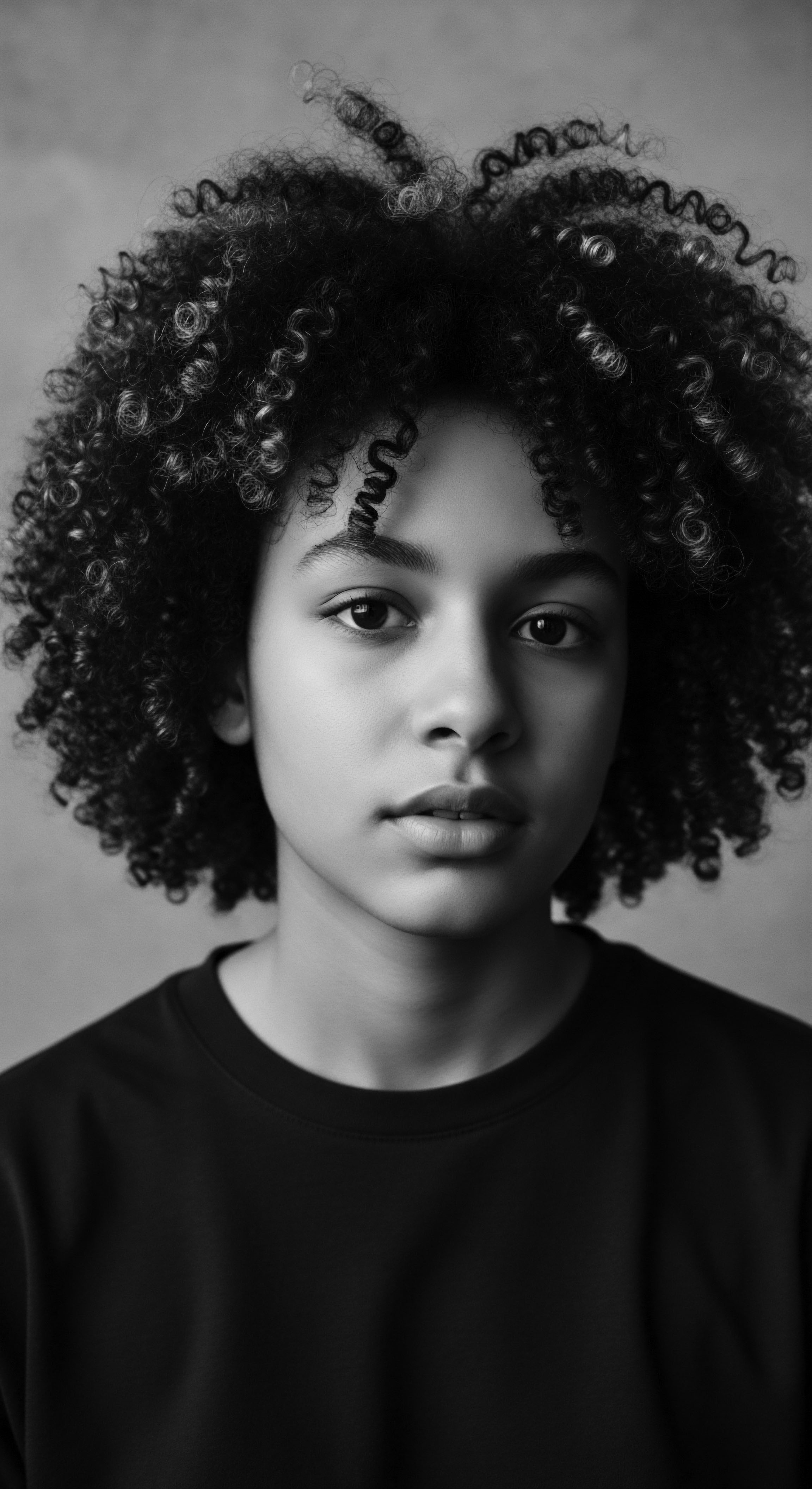
Synthetic Hair Culture
Meaning ❉ Synthetic Hair Culture defines the practices and meanings around artificial hair, reflecting heritage, identity, and socio-economic dynamics within textured hair communities.

